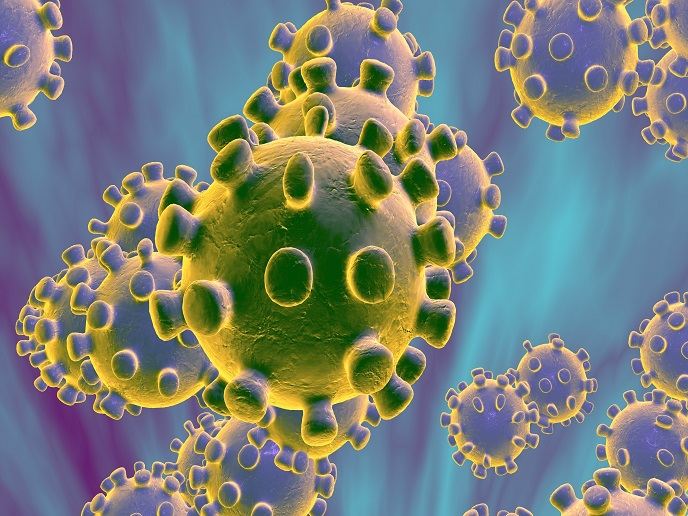Host proteins involved in species barriers of viral infections
It is believed that most human coronaviruses (CoVs) have emerged through zoonotic transmission and have adapted to the human host. Although most cause mild upper respiratory tract infections, the severe acute respiratory syndrome coronavirus (SARS-CoV),the Middle East respiratory syndrome coronavirus (MERS-CoV) and the most recent coronavirus(opens in new window) (nCoV2019) from Wuhan, China have demonstrated the potential of CoVs to be highly pathogenic.
A genetic screen to identify CoV restriction factors
With the support of the Marie Skłodowska-Curie programme, the COV RESTRIC project investigated the mechanisms that allow CoVs to jump across species barriers. “Our goal was to determine which host mechanisms prevent transmission across different species and identify particular factors implicated in the process,” explains project coordinator Volker Thiel, professor of virology at the University of Bern. His team worked under the hypothesis that restriction factors limit viral replication in different species. Zoonotic infections become possible when viruses evade antiviral restriction mechanisms and adapt their strategies to the new host. To identify host proteins that restrict CoV replication, researchers combined state-of-the-art technologies with a genetic screen on several hundred interferon-stimulated genes (ISGs). ISGs encode antiviral effectors that could act as viral restriction factors and are stimulated by the type I interferon response known for its protective role against pathogens. The genetic screen revealed a number of genes that can restrict the replication of different CoV variants in different host cells. One particular host protein, the lymphocyte antigen 6 complex locus E (LY6E), demonstrated high efficacy at blocking CoV entry into host cells. Researchers investigated LY6E conservation by testing orthologous genes from rhesus macaque, mouse, bat and camel. Interestingly, all orthologous variants of this gene inhibited infection by human CoV, indicating that this function of LY6E is conserved across species. Furthermore, scientists validated the antiviral activity of LY6E in various human and murine models of CoV infection where they observed the capacity of this host protein to protect immune cells from different viruses including MERS-CoV and SARS-CoV. Animals lacking LY6E displayed a vulnerability to CoV infection, with macrophages and B cells being severely affected.
Clinical significance of COV RESTRIC findings
COV RESTRIC results indicate the presence of certain host proteins that specifically protect immune cells from virus infection. “Most importantly, our work underscores the significance of protecting immune cells from virus infection,” emphasises the Marie Skłodowska-Curie fellow Stephanie Pfänder. Future plans include elucidation of the mechanism by which LY6E offers broad antiviral protection. Preliminary data indicate that the protein functions by blocking virus entry, but further experiments are required to study LY6E activity in the context of immune cell interplay during an immune response. Partners also plan to investigate other ISG candidate genes restricting CoV replication. The novel inhibitory activity of the ISG LY6E against highly pathogenic CoVs has the potential to lead to novel strategies to protect immune cells against infection. Considering the severe disease and high mortality associated with SARS-CoV and MERS-CoV infection, and the recent emergence of a novel CoV in Wuhan, China, 2019, COV RESTRIC has an important clinical impact. With a view to the future, Thiel envisages “exploiting the knowledge about intrinsic host defence mechanisms conserved across species more broadly for the development of novel therapeutic options against other viruses.”







